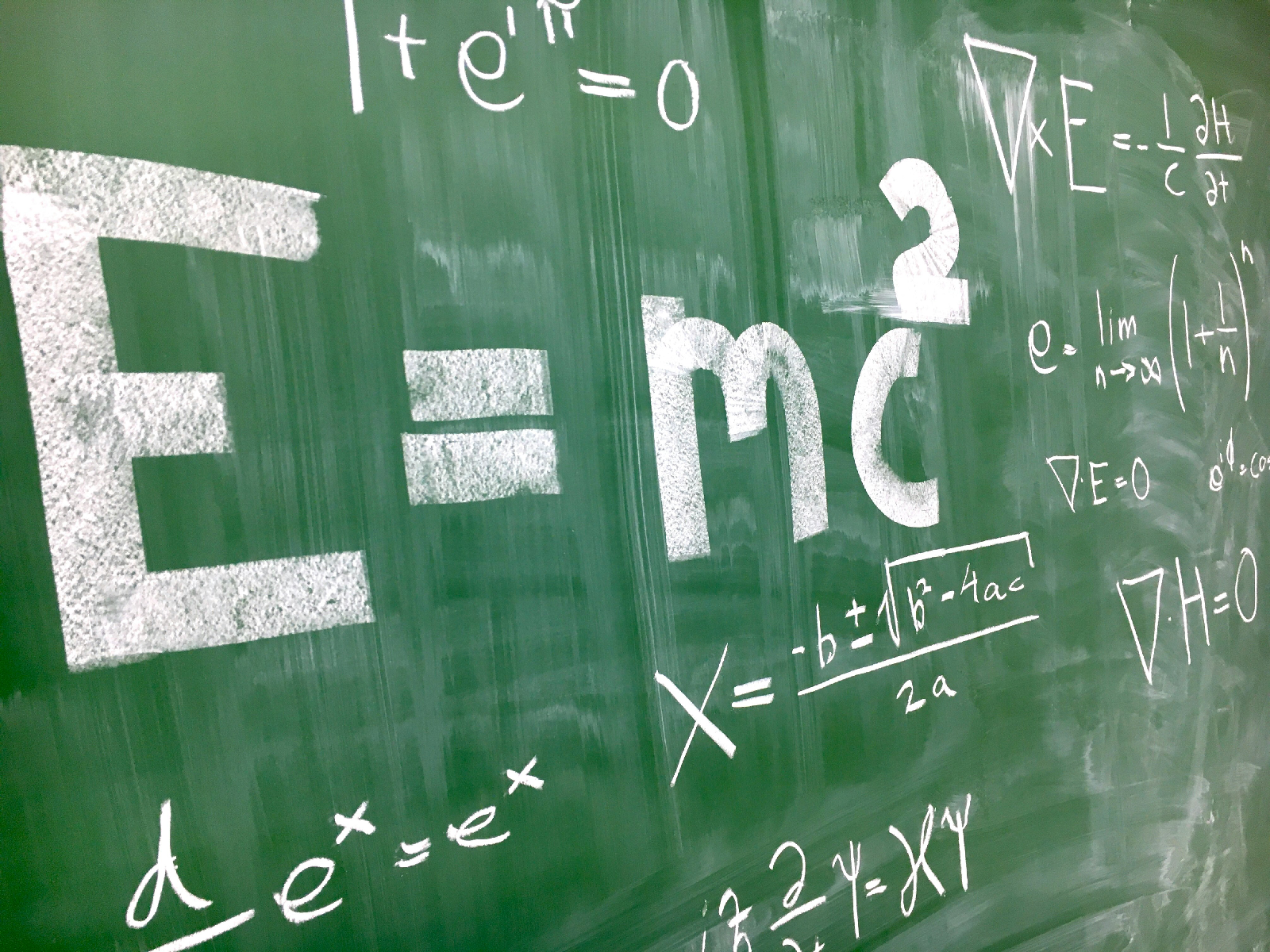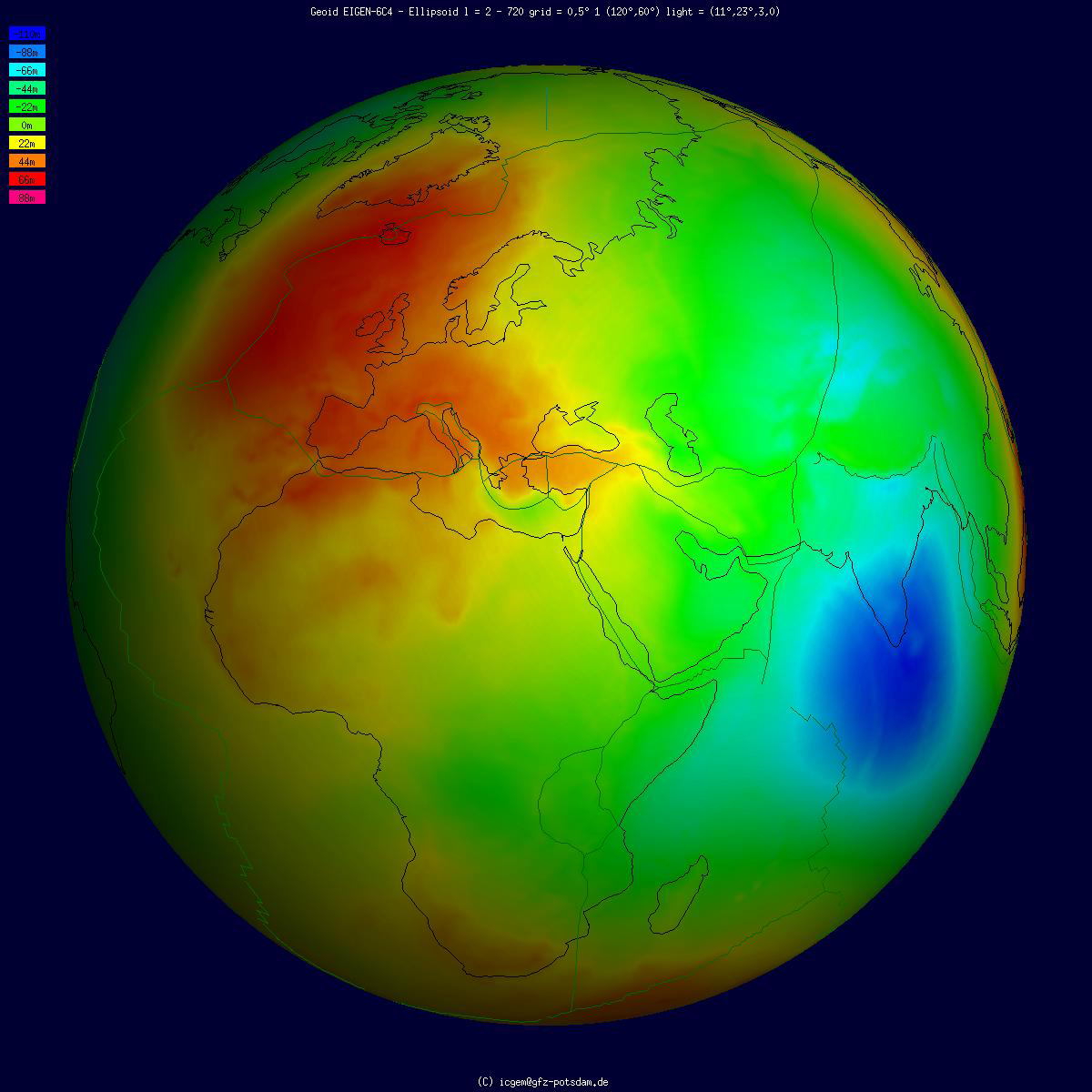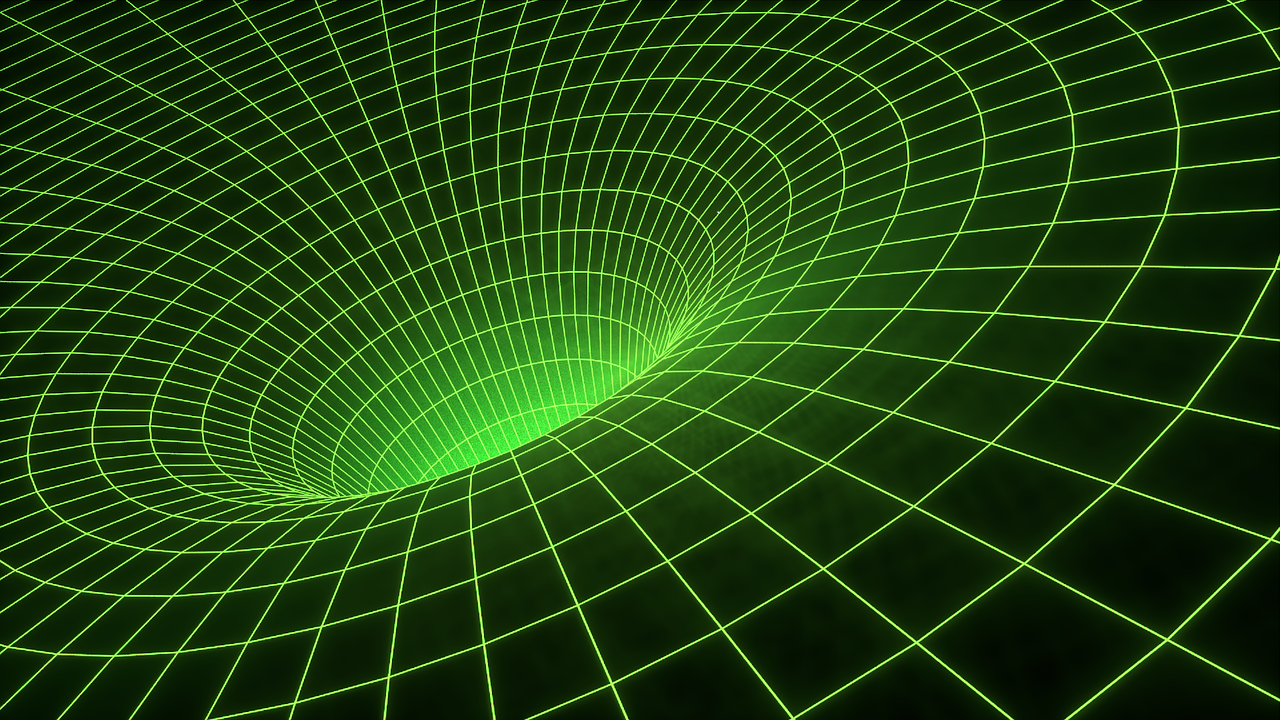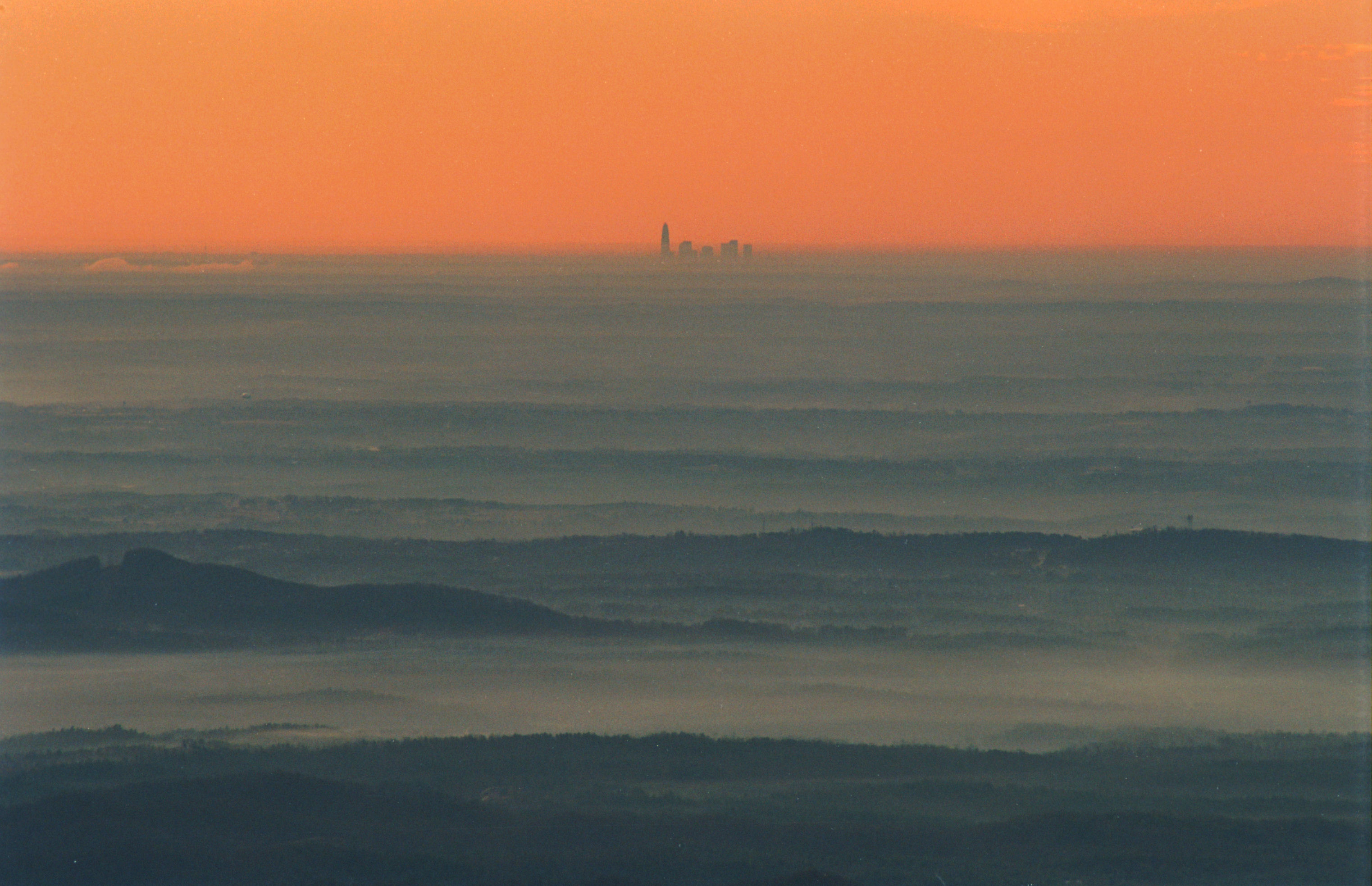

Application of mathematical methods to classical, statistical, relativistic, and quantum mechanics. The powerful theoretical techniques learned serve as excellent preparation for graduate study in physics and related fields such as engineering, atmospheric science, and geodesy. Prerequisites: One year of calculus-based physics and three semesters of calculus. Two versions of the course are posted. The first version has each video chapter broken down into several videos.
Prerequisites: One year of calculus-based physics and three semesters of calculus.

This course in the typical one taken by physics major sometime during their last two years of college. We cover geometrical optics and physical optics. In geometrical optics we take light as traveling in straight lines. In geometrical optics We can understand reflections from mirrors and refraction through lenses.
In physical optics we consider light traveling as waves, where we can understand interference and diffraction. Light travels as particles called photons in quantum optics, which we will only touch on when we consider the Bohr atom.
Prerequisites: One year of calculus-based physics and three semesters of calculus.

This course is the first semester of introductory physics with calculus. You should have completed one semester of calculus and be concurrently taking the second semester of class when you take this course.
The standard topics are covered which consists mainly of mechanics and some thermodynamics. Topics include kinematics, dynamics, work, energy, friction, harmonic motion, gravitation, sound, heat, and work.
Prerequisites: Calculus I and concurrently studying Calculus II.

The subject of geodesy focuses on describing the shape of the Earth in terms of coordinate systems (geometric geodesy) and its gravitational field at different points on the Earth (physical geodesy). Geodesy is important for surveying and also for the global-positioning-satellite system.
This course focuses on normal gravity, where the Earth is approximated as an ellipsoid. The goal is to derive Somigliana's formula for gravity. Normal gravity is what a scale would measure - the force perpendicular to the surface.
Prerequisites: One year of calculus-based physics and three semesters of calculus.

Einstein has always been an inspiration to physics students for over a century. He proposed his special theory of relativity in 1905 and the general theory of relativity in 2015. I started this course during 2015, the year that marked marked th 100th anniversary of the general theory of relativity. It was the year Einstein found his field equations. This course develops general relativity using the historical approach with tensors.
Prerequisites: One year of calculus-based physics and three semesters of calculus.

A comprehensive course in Atmospheric Science aimed at understanding how one can see a horizon 130 km away due to atmospheric conditions.
The course is rich in atmospheric thermodynamics, chemistry, and physics with all mathematical steps shown. This work led to a paper I published along with a video abstract.
Prerequisites: One year of calculus-based physics and three semesters of calculus.
